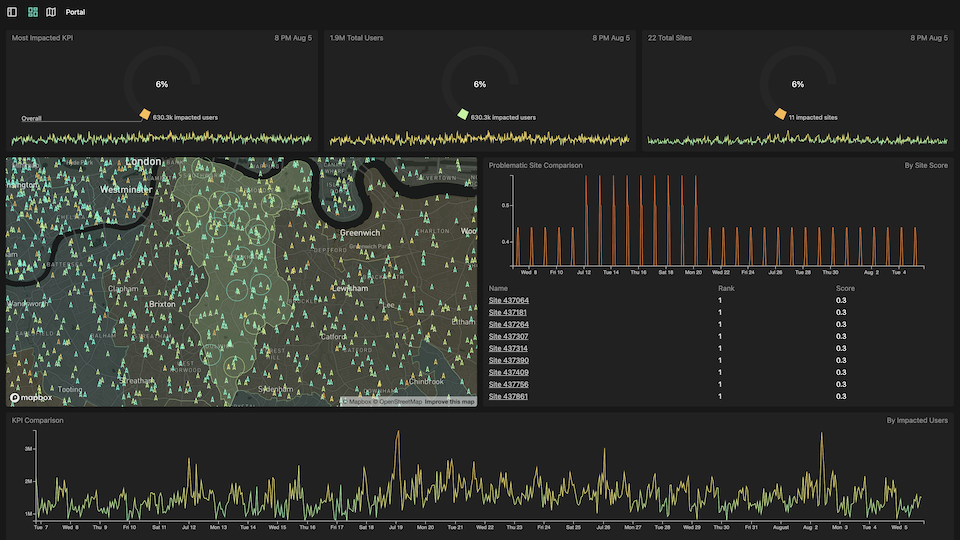Streaming APIs
Stream Incremental Updates to API clients
Observe real‑time outputs of business logic without having to poll for changes.

Why streaming APIs
Real‑time apps don't REST
Request-response APIs can only ever be as real-time as the rate at which clients poll for changes. Streaming data applications, by contrast, natively operate at the latency of the network.
- Continuous consistency
-
Keep API clients synchronized at the latency of the network, completely eliminating polling overhead in the process.
- Inversion of flow‑control
-
Dynamically subscribe to individual entities, and multiplex thousands of concurrent streams over a single connection.
- Real‑time composition
-
Compose real-time microservices without multiplying polling intervals or consuming overly broad topics at every layer.
What streaming APIs enable
Event listeners for data
If a UI wants to know when a button is clicked, it doesn’t sit in a tight loop and repeatedly ask, “was the button clicked?” Streaming APIs make observing real-time changes to remote state as easy as registering an event handler.
- Continuous state transfer.
- Streaming APIs augment REST APIs with the ability to push ongoing responses to open requests for any endpoint URI.
- Efficient multiplexing.
- Thousands of concurrent streams can be tunneled through a single network connection, with minimal per‑stream overhead.
- Half‑ping latency.
- State synchronization semantics enable streaming APIs to avoid buffering stale updates, ensuring every packet transmits the freshest data.
How streaming APIs work
Point-to-point pub-sub
Instead of broadcasting homogenous messages to all consumers, streaming APIs publish specific updates to each individual subscriber based on the client’s identity, credentials, and last known state.
- Incremental updates.
- Precise delta updates minimize bandwidth utilization, and obviate the need for expensive scraping of datasets to determine what changed.
- Dynamic transformation.
- On-demand generation of update messages eliminates the need for costly and high latency bulk normalization steps.
- Low fixed overhead.
- Point-to-point streaming enables developers to craft rich real‑time APIs that only incur the load for what clients actually consume.
More platform capabilities